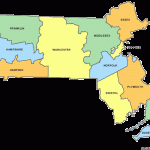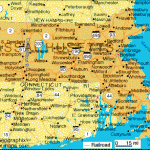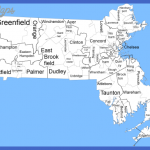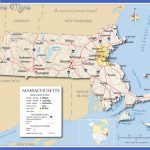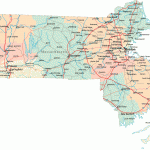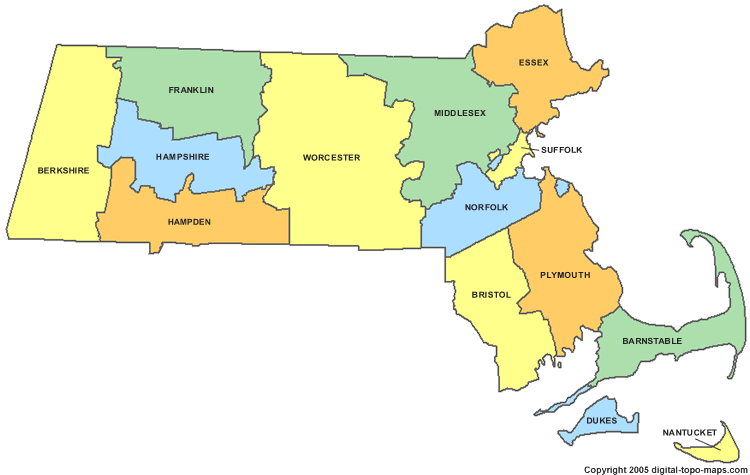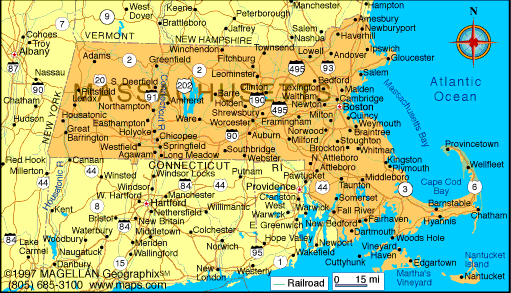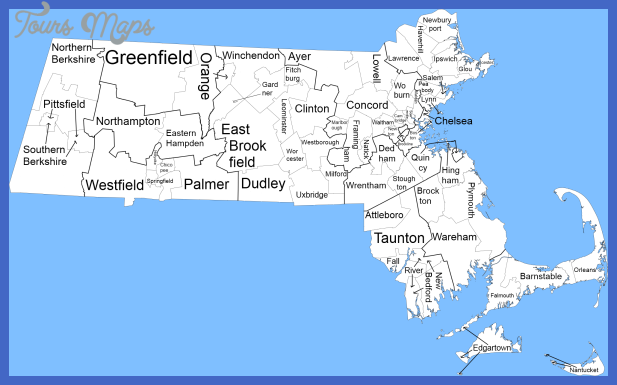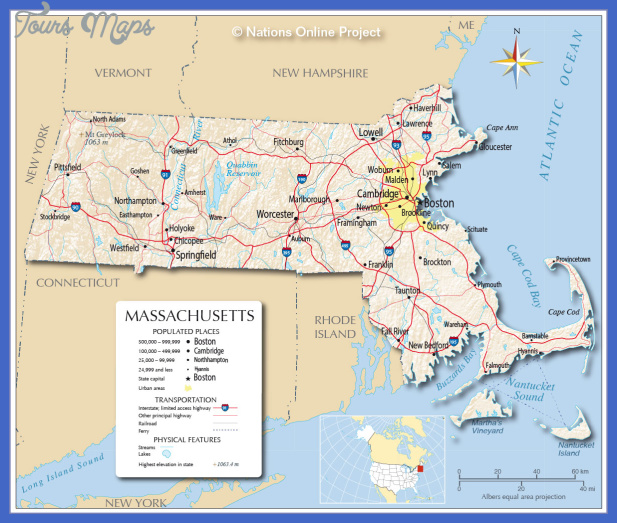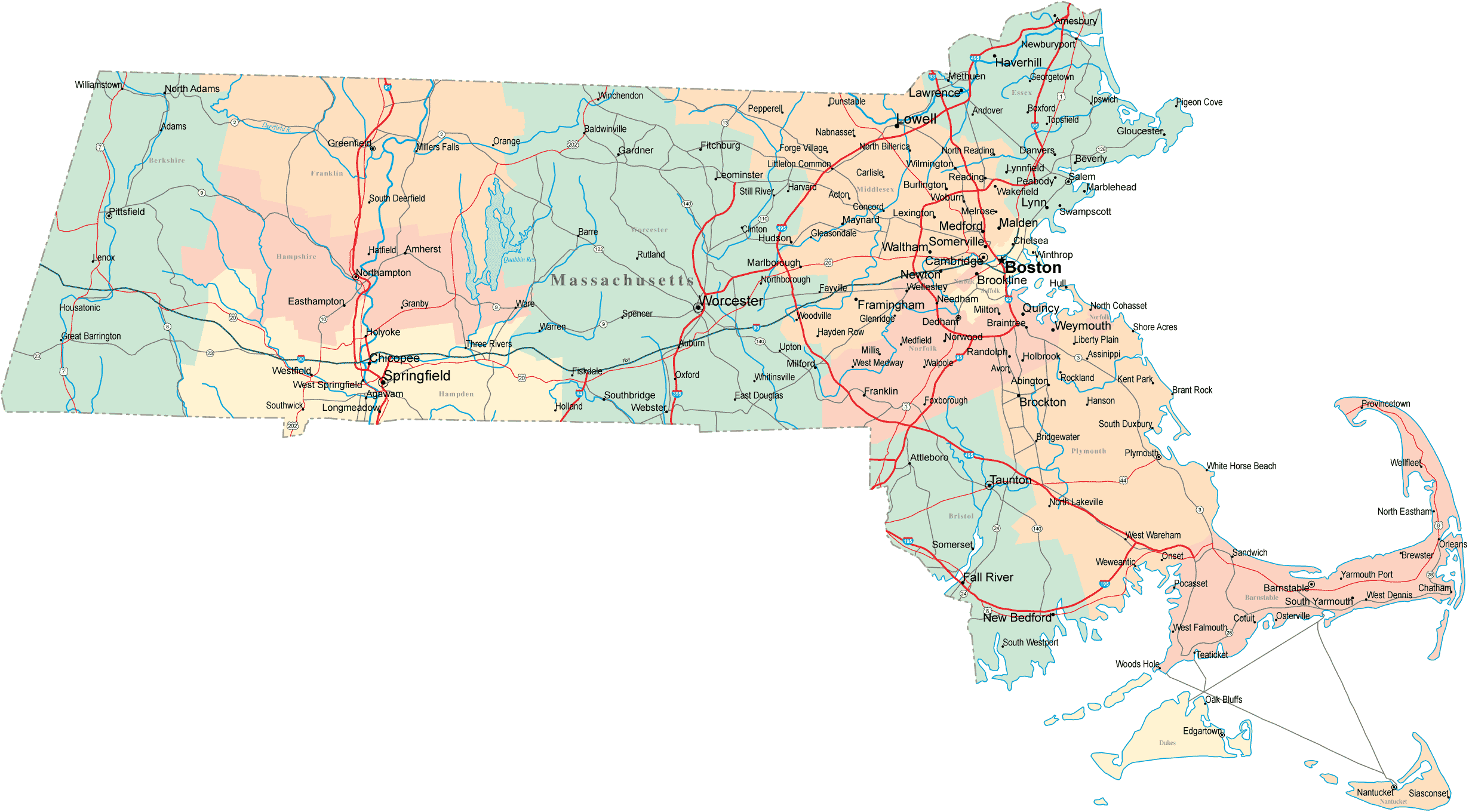Post-World War II Latino Migration
Migration rates in Massachusetts dropped noticeably between the 1920s and 1960s, as the United States embraced tighter immigration laws that prevented
Farmworkers being recruited by labor boss in Caguas, Puerto Rico, to work on the mainland. No date. Courtesy of Archives of the Puerto Rican Diaspora, Centro de Estudios Puertorriquenos, Hunter College, CUNY.
industries from attracting the cheap labor source they had depended on throughout the previous century. The commonwealth’s job market underwent a transformation, steadily losing employment opportunities to other locations. Even for newly formed migrant communities that had populated Massachusetts by 1960, including 5,217 Puerto Ricans, the success of the nineteenth century remained unattainable. New England lost, through both closures and failures, far more than did other industrial regions between 1955 and 1975. Furthermore, the manufacturing firms that remained were forced to reduce the number of people under employment to survive. Between 1967 and 1972 Massachusetts experienced a decline of 112,000 basic manufacturing jobs, demonstrating a pattern of decline in manufacturing that lasted until 1978. In spite of the declining availability of industrial jobs, however, there began a steady increase in the number of Latinos.
The first Latinos to arrive in large numbers in Massachusetts in the post-World War II period came from Puerto Rico. They differed from other Latin Americans
in several ways, though primarily through their political status. In 1917, nearly two decades after Puerto Rico had become a U.S. territory, Congress passed the Jones-Shafroth Act, naturalizing all Puerto Ricans. As a result of this, Puerto Ricans emerged as a special case in the U.S. Latino population. Their status as U.S. citizens allowed them to travel freely throughout the nation, facilitating the process of recruitment by the struggling businesses in Massachusetts.
Initially, Puerto Rican migrants labored as seasonal agricultural workers in the Connecticut River Valley, western Massachusetts, and the rural region surrounding Boston. Many of them returned annually to the same farms they had worked at in prior years. The vast majority of these seasonal migrants were recruited either by the small local farmers seeking cheap labor or through the connection between the Shade Tobacco Growers Association and the government of Puerto Rico. The migrants were then contracted out as seasonal laborers to the large farms in the region such as Reynolds Tobacco, Consolidated Tobacco, and other agricultural centers located throughout the Boston area and to farms in western Massachusetts, the Connecticut River Valley, and portions of Rhode Island.
Slowly throughout the 1950s and early 1960s migrant workers began bringing their families to Massachusetts and settling permanently in the region, as they found a significant number of available unskilled labor jobs in the manufacturing industry and affordable housing. These migrants settled in a variety of locations ranging from larger cities, such as Boston and Cambridge, to smaller centers such as Lowell, Lawrence, and Holyoke. During this period most Puerto Ricans who arrived in Massachusetts came directly from Puerto Rico, often recruited by individual companies searching for a cheap laborer willing to work the positions that the European migrants who had already assimilated into North American society refused to take.
Since the nineteenth century, Cambridge, Massachusetts, had been one of New England’s three largest manufacturing centers and one of New England’s busiest migrant access points, because of both the job opportunities located in the vicinity and the affordable cost of housing. These conditions that benefited the new generation of migrants resulted from the dispersal of the European migrants who predated early Latino migration in the 1950s. Much as other urban centers in the area, Cambridge began to see a shift in its composition as deindustrialization and the growth of suburban communities expanded, and the manufacturing jobs that had supported generations disappeared.
The Puerto Rican population in the area originated predominantly from the towns of Coamo and Jayuya. They arrived as a result of the communal and familial connections binding them to the Puerto Rican migrants who had already settled in the Cambridgeport area.2 Through these connections, newcomers found it
easier to locate both housing and employment in the region, thereby drawing more Puerto Ricans from both Coamo and Jayuya. Because of this network the Puerto Rican community grew from around 50 in the 1960s to thousands by the 1970s. They predominantly worked in older factories, such as those run by NECCO and Polaroid, though a few did work in the emerging technological companies that would soon dominate the labor market in the Cambridge region. The community, furthermore, began to form an identity as it expanded, organizing community sports teams and banding together to demand better schooling for their children and housing for their families, while increasing their visibility to the other groups in the area.
Massachusetts Map Photo Gallery
Maybe You Like Them Too
- The Best Cities To Visit in The World
- World’s 10 Best Places To Visit
- Coolest Countries in the World to Visit
- Travel to Santorini, Greece
- Map of Barbados – Holiday in Barbados

